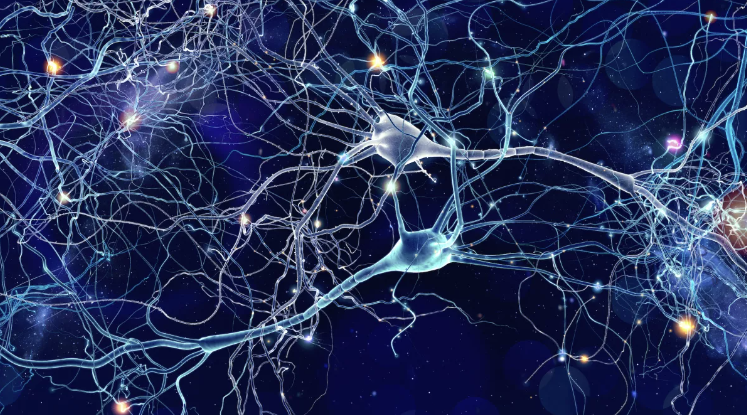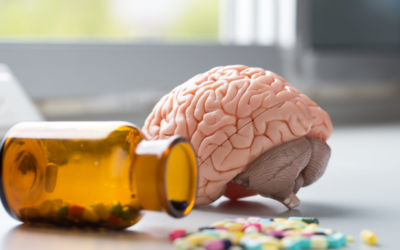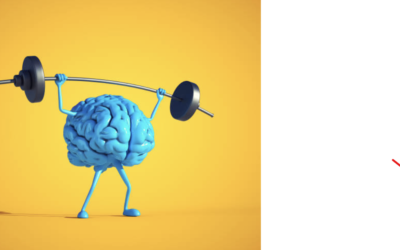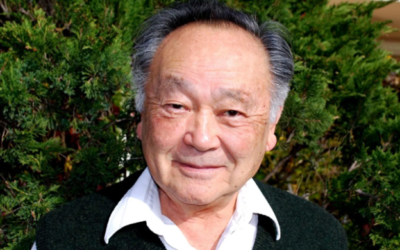Introduction: Welcome to SoberBrains.com, your trusted source for exploring neurofeedback and brain health. In this blog post, we’ll dive into the world of EEG, or electroencephalography, and unravel its meaning, all while simplifying its significance in understanding the electric pictures of our brain.
Understanding EEG: EEG, short for electroencephalography, is a technique that captures and interprets the electrical activity generated by the brain. Let’s break it down into its roots to gain a clearer understanding:
- Electro: Derived from the Greek word “ēlektron,” meaning electricity, electro in EEG refers to the electrical signals produced by the brain. These signals are created by the synchronized firing of billions of neurons, forming intricate patterns that carry valuable information about our cognitive states and mental processes.
- Encephalo: Stemming from the Greek word “enkephalos,” encephalo refers to the brain. When combined with electro, it represents the electrical activity specifically generated within the brain.
- Gram: Originating from the Greek term “gramma,” gram denotes a picture or a record. In the context of EEG, it signifies the graphical representation of brain activity obtained through the use of specialized equipment.
Putting it all together, EEG can be seen as a method that captures the electric pictures of our brain by recording the electrical signals emanating from it
In simple terms, EEG, or electroencephalography, is a way to take electric pictures of our brain. By using special equipment, it captures and shows the electrical signals made by our brain. This helps us understand how our brain works and how we think. Exciting, right?
Conclusion: Electroencephalography, or EEG, is a technique that allows us to capture and interpret the electrical activity generated by the brain. By breaking down its components—electro (electric), encephalo (brain), and gram (picture)—we can grasp the essence of EEG as a tool for capturing the electric pictures of our brain. This valuable information provides insights into our cognitive states and mental processes, paving the way for advancements in neurofeedback, brain health, and our understanding of the human brain.
Remember to visit SoberBrains.com for more insights into neurofeedback and brain wellness.





0 Comments